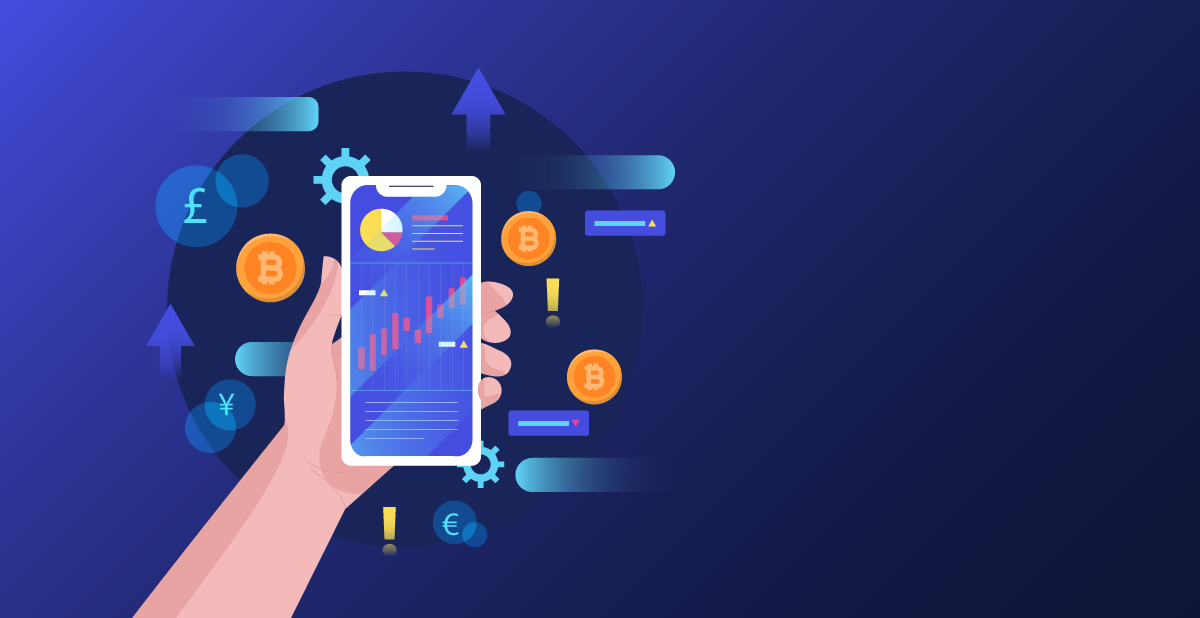Understanding the Digital Financial Revolution



Crypto mining is the process of validating transactions on a blockchain network by solving complex mathematical problems using computer hardware. This process requires significant computational power and energy consumption, but miners are rewarded with newly minted cryptocurrency as an incentive for their efforts. Crypto mining plays a crucial role in maintaining the security and integrity of blockchain networks by ensuring that transactions are verified and added to the public ledger in a decentralized manner. In essence, crypto mining is the backbone of many cryptocurrencies, enabling them to function as digital assets and facilitating peer-to-peer transactions without the need for intermediaries.
Crypto mining refers to the process of validating transactions and adding them to a blockchain ledger by solving complex mathematical puzzles. This process is essential for maintaining the security and integrity of cryptocurrencies like Bitcoin. The applications of crypto mining are vast and varied, ranging from securing the network to earning rewards in the form of newly minted coins. Additionally, crypto mining plays a crucial role in decentralizing the control of digital currencies and ensuring their transparency. Overall, crypto mining is a fundamental component of the cryptocurrency ecosystem that enables the smooth functioning of blockchain networks.


Crypto mining poses several challenges, including high energy consumption, environmental concerns, and the increasing difficulty of mining due to competition. The process of mining cryptocurrencies requires powerful computer hardware that consumes a significant amount of electricity, leading to concerns about its environmental impact. Additionally, as more miners join the network, the difficulty of solving complex mathematical problems to validate transactions increases, making it harder for individual miners to earn rewards. Overall, the challenges of crypto mining highlight the need for sustainable practices and efficient technologies to mitigate its negative effects on the environment and ensure fair competition in the industry. Brief answer: The challenges of crypto mining include high energy consumption, environmental concerns, and increasing competition, highlighting the need for sustainable practices and efficient technologies to address these issues.


To build your own crypto mining rig, you will need to start by selecting the right hardware components such as a powerful graphics processing unit (GPU), a motherboard with multiple PCIe slots, a high-quality power supply unit (PSU), and sufficient cooling solutions. Next, you will need to install the necessary software for mining, such as a mining program like NiceHash or Claymore. Once everything is set up, you can start mining cryptocurrencies by joining a mining pool or mining solo. Remember to keep an eye on electricity costs and ensure proper ventilation to prevent overheating. In summary, building your own crypto mining rig involves selecting the right hardware components, installing mining software, and managing the mining process effectively.
With Web3.0 and other new technology application become more and more common in many applications. We have senior engineers help your business develop for block-chain and NFT. Outsource your block-chain, NFT and smart contract development to take your web3.0 idea to the market faster.




TEL:866-460-7666
EMAIL:contact@easiio.com
ADD.:11501 Dublin Blvd. Suite 200, Dublin, CA, 94568